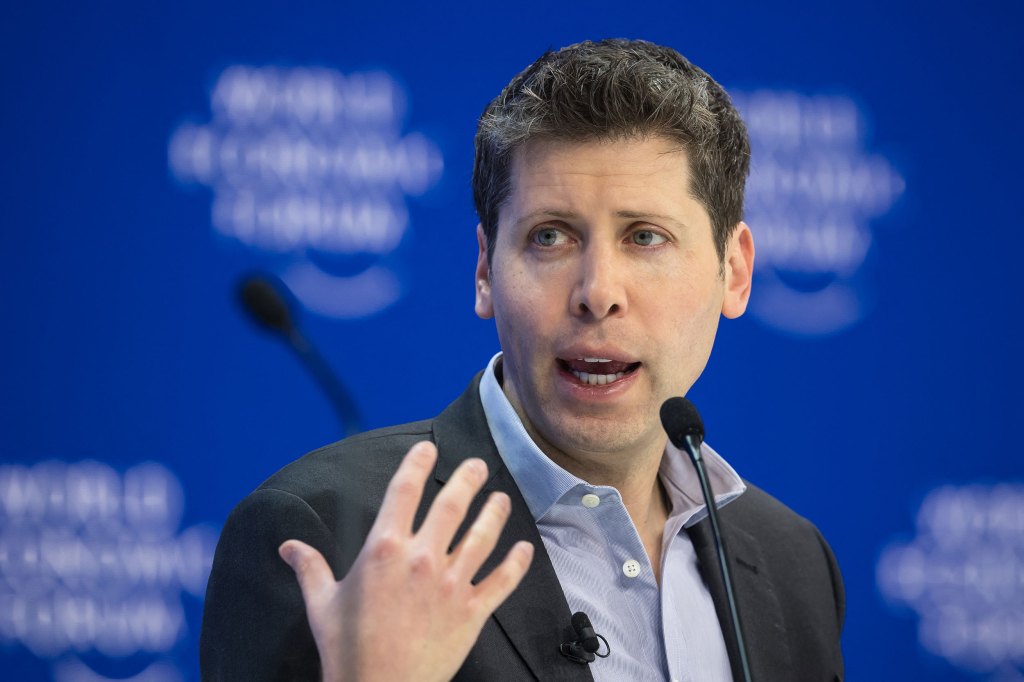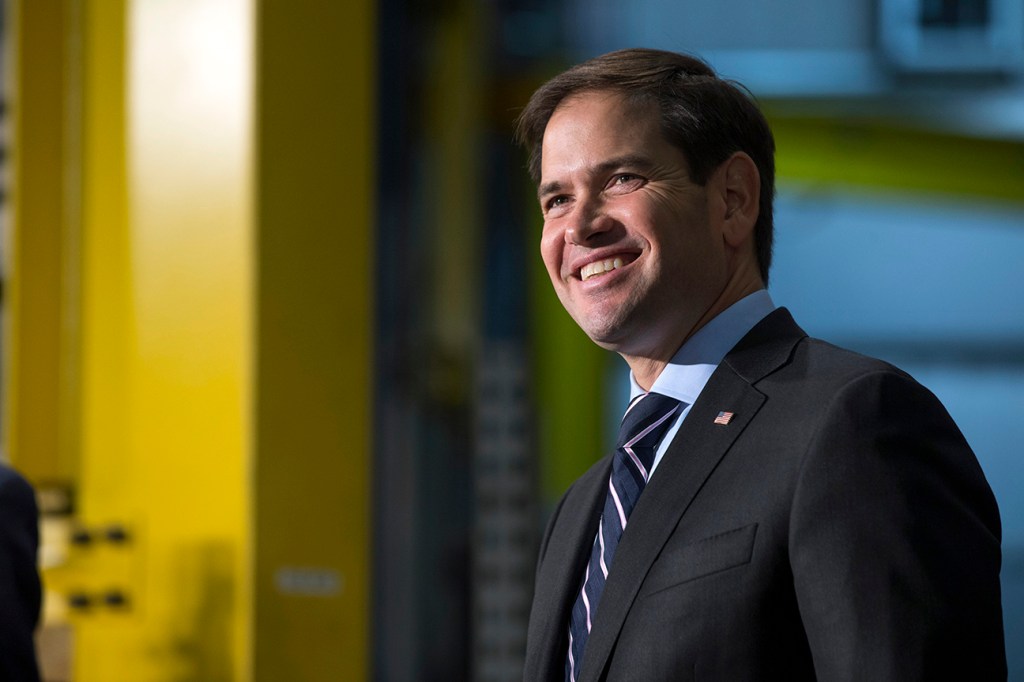OpenAI, a leading entity in artificial intelligence research, is preparing to launch its first open-weight language model since GPT-2, aiming for a release in early summer 2025. This initiative signifies a strategic shift towards greater transparency and collaboration within the AI community.
Development Leadership and Objectives
Aidan Clark, OpenAI’s Vice President of Research, is spearheading the development of this new model. The primary goal is to create a reasoning model that not only matches but surpasses existing open models in performance benchmarks. This endeavor reflects OpenAI’s commitment to advancing AI capabilities while fostering an environment of openness and shared progress.
Licensing and Accessibility
OpenAI is considering a highly permissive license for the upcoming model, aiming to minimize usage and commercial restrictions. This approach addresses criticisms directed at other open models, such as Meta’s Llama and Google’s Gemma, which have faced scrutiny for imposing stringent requirements. By adopting a more flexible licensing strategy, OpenAI seeks to encourage broader adoption and innovation within the AI community.
Competitive Landscape
The AI industry is witnessing a surge in open model releases, with entities like Meta’s Llama and Google’s Gemma gaining significant traction. Meta reported over 1 billion downloads of its Llama models as of early March 2025, underscoring the growing demand for accessible AI tools. Additionally, Chinese AI lab DeepSeek has rapidly expanded its user base and attracted investor interest by embracing an open approach. OpenAI’s forthcoming model is poised to enter this competitive arena, offering developers a robust alternative.
Technical Specifications and Features
The new model is designed to operate on high-end consumer hardware, ensuring accessibility for a wide range of developers. It will function as a text in, text out system, with potential features allowing users to toggle its reasoning capabilities on or off. This flexibility aligns with recent trends in AI development, where models like Anthropic’s Claude have introduced similar functionalities to enhance user control and adaptability.
Safety and Evaluation Measures
OpenAI places a strong emphasis on safety and ethical considerations. The upcoming model will undergo rigorous red-teaming and evaluation processes to identify and mitigate potential risks. A comprehensive model card will accompany the release, detailing internal and external benchmarking results, safety testing outcomes, and other pertinent information. This transparency aims to build trust and facilitate responsible use of the technology.
Strategic Implications and Future Outlook
CEO Sam Altman has acknowledged the need for OpenAI to reassess its open-source strategy, recognizing that the organization has previously been on the wrong side of history regarding openness. This forthcoming release represents a pivotal step towards aligning OpenAI’s practices with the broader movement towards open AI development. Depending on the reception of this model, OpenAI may consider releasing additional models, including smaller variants, to cater to diverse user needs.
In summary, OpenAI’s planned release of its open-weight language model marks a significant milestone in the AI landscape. By prioritizing performance, accessibility, and safety, OpenAI aims to set a new standard for open AI models, fostering innovation and collaboration across the global AI community.



